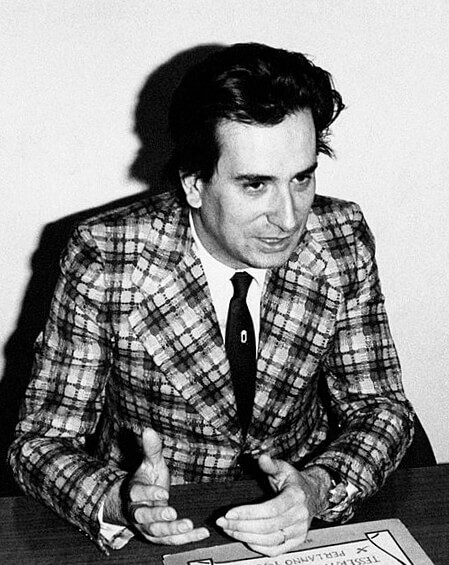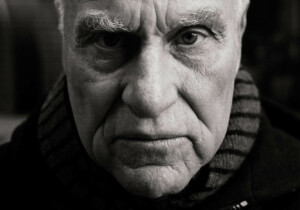Italian architect and architectural historian Paolo Portoghesi died on May 30. He was 91.
Born in Rome in 1931, Portoghesi studied at the Sapienza University of Rome. He then taught history of criticism at the University of Rome and architectural history at the Politecnico di Milano, where he was dean of the architecture faculty and was suspended from teaching for three years (alongside Aldo Rossi) after standing in solidarity with student protestors during the Years of Lead. Portoghesi’s design practice in partnership with Vittorio Gigliotti led to the design of important works of 20th century Italian architecture, including Casa Baldi and the Mosque of Rome (designed with Sami Mousawi).
Portoghesi curated the 1980 Venice Architecture Biennale (and served as its president from 1983 to 1992), The Presence of the Past, which included Strada Novissimi, an apex of postmodern architecture. Strada Novissimi was structured as an Italian street, with invited architects designing facades for their installations. It included works by Robert Venturi, Frank Gehry, Arata Isozaki, Rem Koolhaas, and Ricardo Bofill.

AN cofounder Bill Menking and art historian Aaron Levy interviewed Portoghesi in Architecture on Display: On the History of the Venice Biennale of Architecture—a series of interviews with the living past curators of the Biennale. Speaking to Portoghesi at his home in Calcata, Italy in December 2009, Levy and Meking asked the architect to reflect on his curatorial experience—which did not extend far beyond Venice. Portoghesi said that the 1980 Biennale was: “My idea was to make something close to reality that accommodated the various interpretations of symbolic architecture set out by the architects.” He said that he “wanted to create something popular.”
Portoghesi was critical of architectural elitism, and while he designed private residences, his larger portfolio of religious buildings and public spaces reflects this intent. Portoghesi told Levy and Menking that “architecture is not for architects—it’s for the public. I believe that modern architecture has lost the capacity to speak to the citizens, to the common people.”
While the association between Postmodernism writ-large and Strada Novissimi is dominant, Portoghesi likened his association with Postmodernism to that of Robert Venturi, trying to move away from superficiality. Portoghesi went on to curate the 2nd International Architecture Exhibition of the Venice Biennale, Architecture in Islamic Countries, which he said represented “a spirit of cultural dialogue.”











